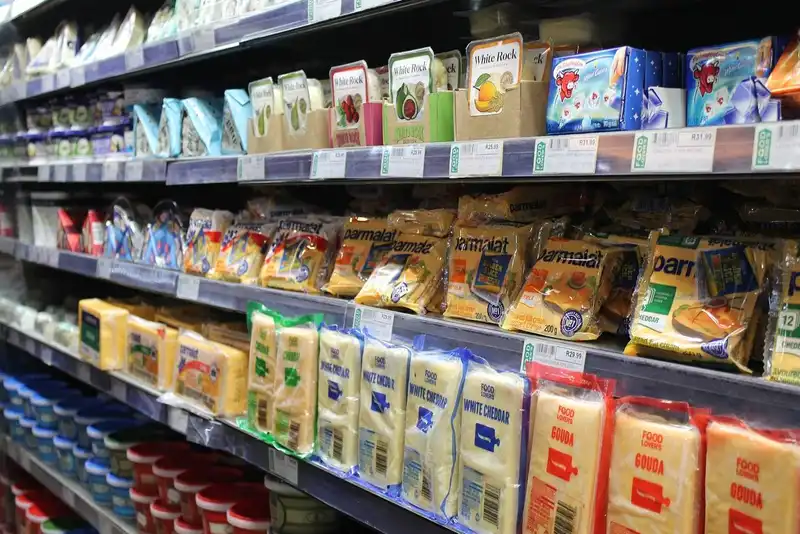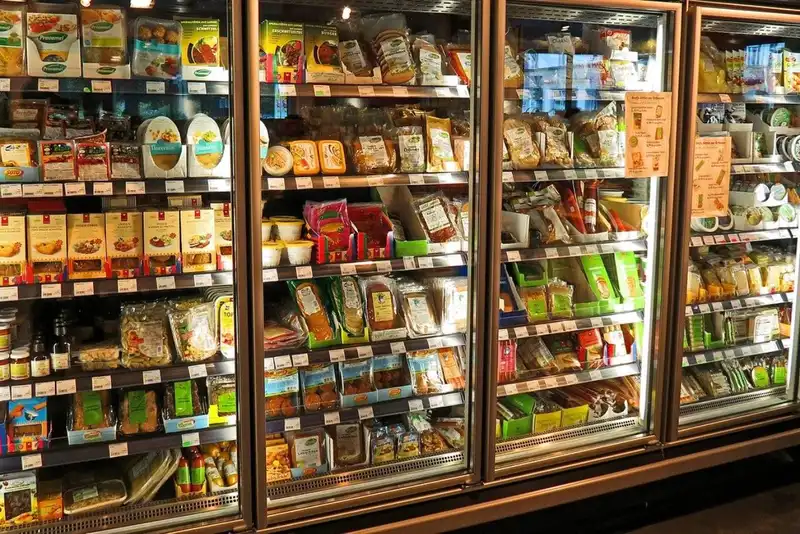How to Properly Store Cold Food

The Importance of Cold Food Storage
Proper cold food storage helps food industry businesses to keep cold food items as safe and as high quality as possible. There is a wide range of tips to consider for cold storage ranging from regularly defrosting a refrigerator freezer to installing a backup manual temperature reader.
Make sure your refrigerator and refrigerator freezer is set to the correct temperature range at all times in order to keep cold food cold and frozen foods frozen solid. While a refrigerator or cooler should be set to 35 to 38 degrees Fahrenheit, a refrigerator freezer should be kept between 0 and 10 degrees Fahrenheit.
Storing food correctly decreases food safety issues including the likelihood of a customer getting food poisoning as a result of dining at your establishment. If a health inspector notices your temperature ranges or food storage procedures are not correct, you could additionally face large fines or even business closure.
Suitably storing food will not only increase the safety of food items but it will also increase their quality. Make sure you understand the protocol for storing specific food items as well as general cold storage tips.
Cold Food Storage Basics

More than 40% of foodborne illness is estimated to originate from holding food too long at room temperature. Not only is proper cold storage a food safety concern but it is also central to providing high quality food items to your customers.
Cold food storage basics that all food industry professionals must understand include-
1. Cooling- Make sure to always cool hot food items proficiently before placing them into your cold storage unit. The heat from improperly cooled hot food items can affect the temperature of surrounding cold food items.
Methods to cool hot foods range from ice baths to quick chills. Store foods in small shallow containers and remember to stir liquid food adequately to distribute temperatures as even as possible.
2. Placement- Under no circumstance should food be stored on the floor of a walk in refrigerator. Food items should always be stored at least six inches above the floor to avoid hazards including cleaning chemical contamination or contact with pests.
There is a refrigerator hierarchy to consider in order to avoid cross contamination. This hierarchy includes storing ready to eat food products above raw foods. It is crucial that food industry professionals understand the nuances and specifics regarding which shelves to store which food items.
Food storage protocol should always make sure to consider all cross contamination and allergenic potential. Food items to be particularly careful with include raw meats and fish products including shellfish.
3. Maintenance- Keep the refrigerator freezer and refrigerator clean and well maintained. This includes routine maintenance and regular replacement of various mechanical parts.
Latches and hinges should be regularly lubricated. Seals and gaskets should be cleaned adequately and replaced as they show wear and tear.
Preventative maintenance will keep your kitchen equipment running as efficiently as possible for as long as possible. Taking great care of your appliances will also decrease the expenses associated with costly repairs and equipment replacement.
Cleaning and sanitizing equipment increases not only the lifespan of kitchen appliances but also food safety. All shelves and surfaces should be regularly cleaned and inspected for mold growth.
In the case of a spill or leak, clean and address any issues immediately to avoid cross contamination or food entering the danger zone.
4. Storage- All food should be carefully wrapped in materials or placed in containers that are moisture-proof. This decreases a wide range of issues from cross contamination to dehydration.
Keep the refrigerator closed as much as possible. Food items that are used the most frequently can be stored near the refrigerator door under most circumstances. This decreases the amount of unnecessary time a refrigerator is open which helps to keep temperatures stable and low.
Make sure to never overload your refrigerator freezer or refrigerator. Overloading decreases the air flow inside your cooling unit which may result in improper air circulation and temperatures. Added humidity necessitates further defrosting while warmer air affects the internal temperature of food items.
5. Temperature- Use a manual thermometer to check that your refrigerator and freezer are running at the correct temperature. Although smart technology features display the temperature of cooling units, if there is an error in their reading, it can be disastrous for food safety and quality.
Randomly sample the internal temperature of various food items in your cooling units to make sure that they are being properly cooled or frozen. Checking the temperature of units at least twice a day will decrease the likelihood that food will spend time in the danger zone unnecessarily.